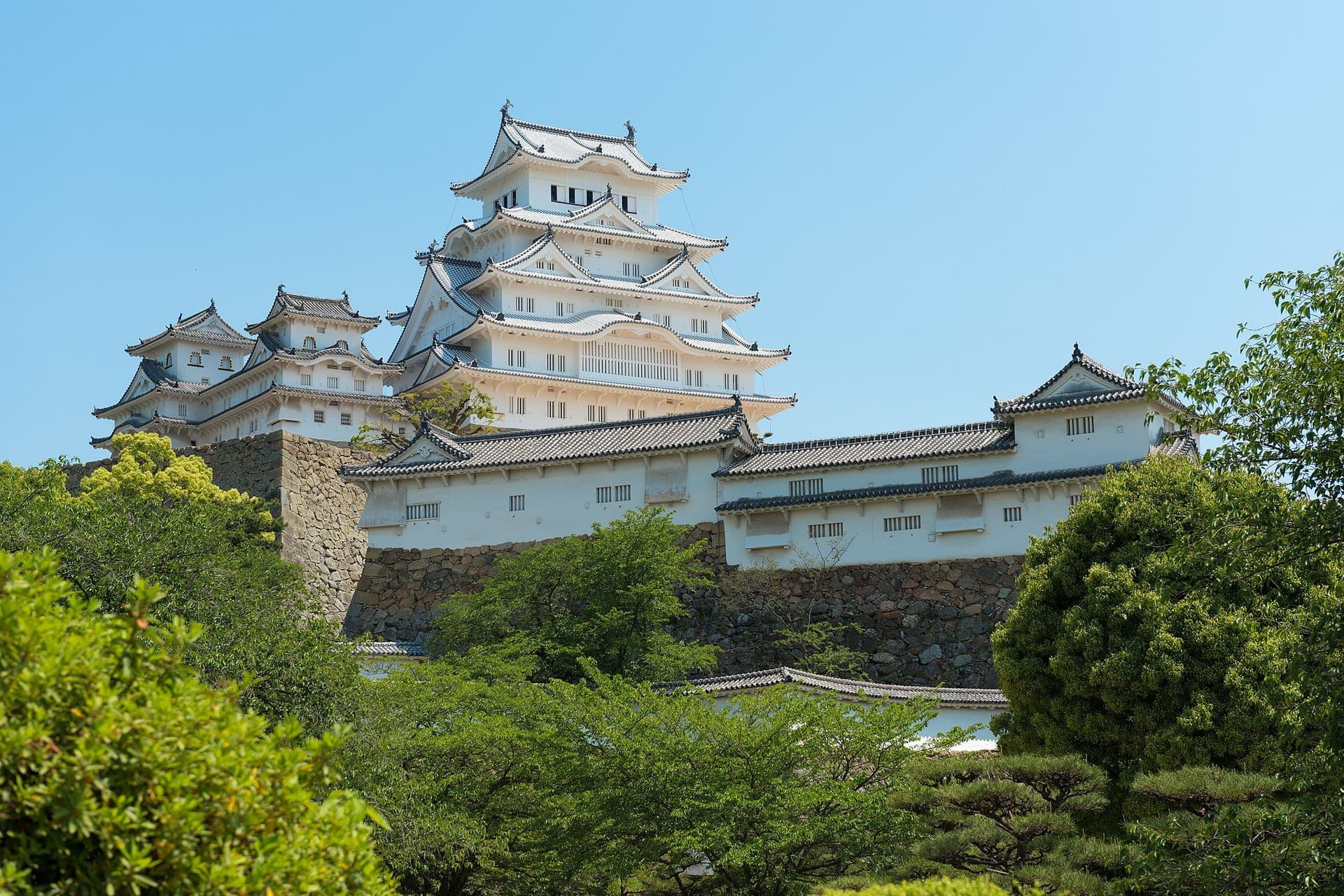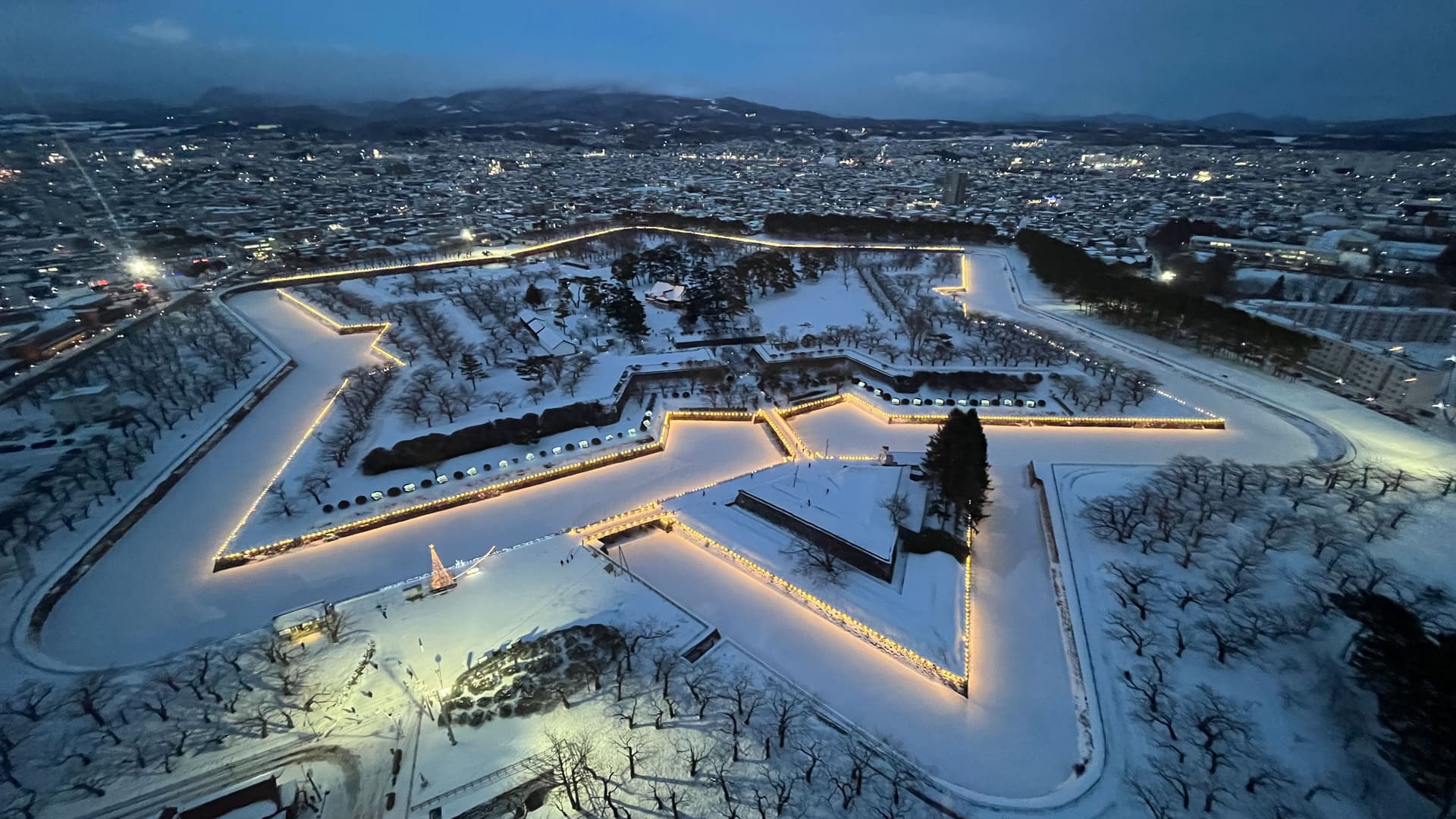
Special Historic Site
特別史跡A Special Historic Site is a designation given by the Japanese government to specific historic structures and sites that are considered to have exceptional historical or cultural significance. These sites are protected in order to preserve their unique character and history for future generations.
There are a number of special historic sites in Japan, ranging from ancient temples and shrines to castles and palaces, to modern structures and landmarks that have played a significant role in the country's history. Some of the most famous examples include the ancient Horyu-ji Temple, located near Nara, which is one of the oldest wooden structures in the world and a testimony to Japan's rich Buddhist history; the magnificent Himeji Castle, known for its beautiful white walls and intricate architecture; and the iconic Tokyo Tower, one of the city's most famous landmarks.
Another example is the Imperial Palace in Tokyo, the primary residence of the Emperor of Japan, which is surrounded by beautiful gardens and surrounded by a moat. This historic site is a testament to the long and rich history of the Japanese monarchy and is a symbol of the country's cultural heritage.
In addition to these well-known special historic sites, there are many other structures and sites throughout Japan that are just as significant, including traditional homes, shrines, and temples, as well as historic neighborhoods, such as the charming streets of old Kyoto.
Related Places
Last Updated:

